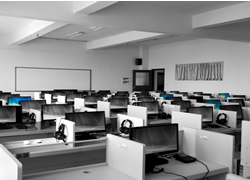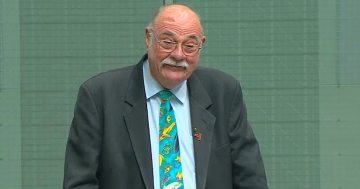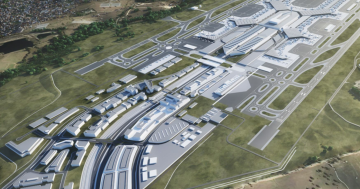Maynard Webb* says that just because recent research has questioned the efficacy of open-plan offices, that is no need to redesign a working workplace.
 A recent study out of Harvard Business School received a lot of attention when it found that open-plan offices are not worthy of all the hype and, in fact, decrease productivity and collaboration.
A recent study out of Harvard Business School received a lot of attention when it found that open-plan offices are not worthy of all the hype and, in fact, decrease productivity and collaboration.
How everything comes around again.
As someone who has been through all iterations of this fad, I remain a fan of open office plans.
I started my career at IBM in 1978, and I grew up in an era in which your office said a lot about who you were.
We measured the size of our spaces, counted the number of ceiling tiles, and compared the materials our desks were made out of (wood was better than metal).
All of this was about status.
All of it was kind of ridiculous.
But I didn’t know that at the time.
These antiquated measures of success run deep.
My dad was a successful businessman who left the house every morning in a suit and tie and took a briefcase to his office.
All I wanted for my future was to dress up and go to a nice office.
I enjoyed my office’s ocean view (and my own conference room).
I didn’t see this work setup as being siloed from people or parts of the organisation.
I now know that private office space does not define success.
And in many ways, it hinders it.
Great organisation are built on openness and transparency.
Like it or not, the way an office is designed can help promote this culture — or it can prevent it.
Managers must be visible and approachable.
They should be open to engaging in dialogue, both inside and outside the organisation, and they should want to solicit feedback from employees and customers.
The truth is for much of my career I was not as aware of the true benefits of transparency or some of the truly simple ways to achieve it.
When I started at eBay, I was shown my cubicle — and I was disappointed.
I was shocked when I learned that my cubicle was previously occupied by Pierre Omidyar, eBay’s founder, and that Meg Whitman, the CEO, also sat in a cube (the one next to mine).
The entire executive staff was in the bullpen!
How was I going to focus?
How was anything going to get done?!
Once I got over myself and my cubicle confusion and got to work, I realised it was a much better way of working.
The tension that can sometimes happen between colleagues or teams never had time to set in.
There was no option to go into an office and close a door and stew over something.
There were no secrets.
Everyone knew everything.
And instead of that being threatening or hard to control, it was amazing.
We heard about problems fast, which enabled us to fix them faster.
There was no waiting to schedule meetings three weeks out, you were able to speak to people when you saw them.
We got so much more done.
The seating arrangements helped fuel a culture of transparency and accountability.
Great leaders don’t sequester themselves from their people or erect barriers between them.
Elizabeth Holmes, the disgraced CEO of the now defunct Theranos, reportedly sat in an office behind bulletproof glass, something she once bragged about.
Bulletproof glass may be see-through, but nothing about how this CEO was running the business was transparent.
Issues always start small, but when you are not open about them, they escalate into something sinister and insurmountable.
Transparency is the foundation for everything and making it the foundation for our physical offices is where it starts.
* Maynard Webb is an author and 40-year veteran of the tech industry.
This article first appeared at qz.com.











